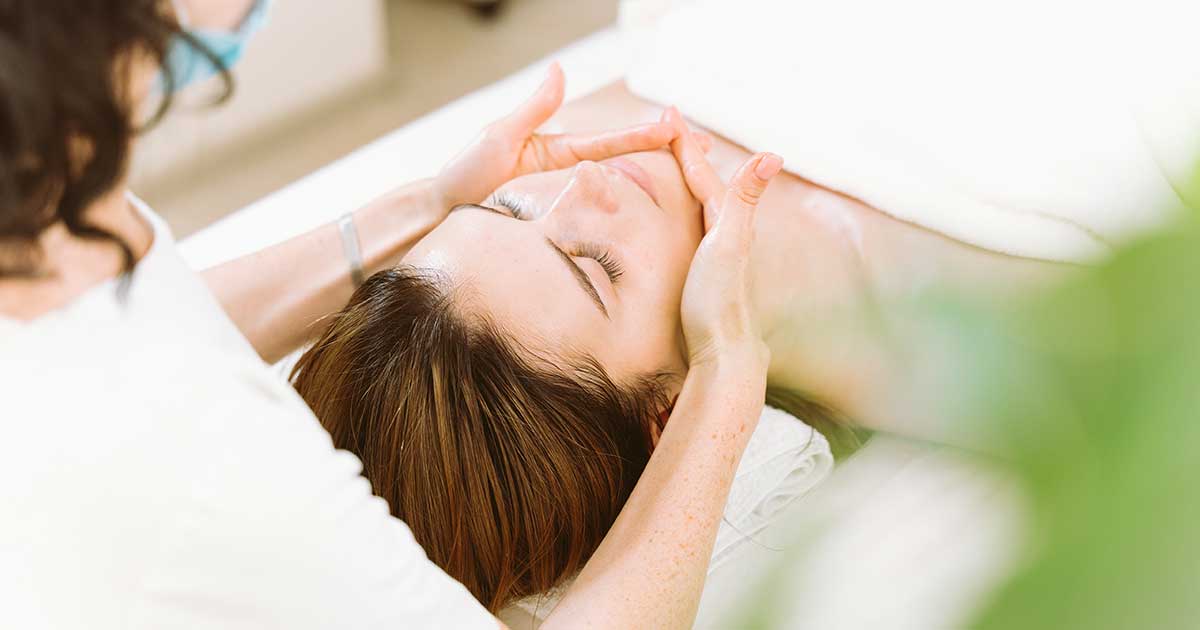
The human body is a finely tuned system, constantly working to maintain a state of health and equilibrium. Among its crucial components is the lymphatic system, a lesser-known yet essential network that helps eliminate toxins and waste. This system is integral to transporting lymph, a fluid containing white blood cells essential for fighting infections. However, lifestyle choices and environmental factors can impede lymph flow, affecting overall health. This comprehensive guide delves deeply into the importance of lymphatic drainage, a manual technique pivotal for supporting the body’s detoxification processes, thereby enhancing overall well-being.
Deep Understanding of the Lymphatic System
To appreciate lymphatic drainage, it’s crucial to understand the lymphatic system’s workings. Part of both the circulatory and immune systems, it includes lymph nodes, vessels, and organs like the spleen and thymus. Its primary roles are fluid-level management, pathogen filtration, and immune response facilitation. Unlike the heart in the cardiovascular system, the lymphatic system lacks a central pump, relying on muscle movement and manual stimulation for lymph transport. Impaired lymph flow can lead to lymphatic congestion, manifesting as swelling, discomfort, and a compromised immune system.
Advanced Techniques for Manual Lymphatic Drainage
- Neck and Collar Area: Begin with circular motions in the neck, progressing towards the collarbone. This region is pivotal for draining lymph from the head and face. Employ light, firm strokes towards the upper collarbone lymph nodes.
- Armpits: Utilize sweeping motions from the upper arm to the armpit to stimulate the axillary lymph nodes, always moving upward towards the heart. This facilitates drainage from the upper limbs and breast area.
- Abdominal Area: Perform clockwise, expanding circular motions from the navel outward, mirroring the digestive tract’s pathway and guiding lymph toward the abdominal nodes. This massage can enhance gastrointestinal function and reproductive health.
- Groin Area: Gentle upward strokes in the groin, especially where the leg meets the pelvis, activate inguinal nodes, aiding the drainage of the lower extremities and supporting pelvic health.
- Inner Elbow and Behind the Knees: Focus on these areas with circular motions to stimulate crucial lymph nodes for draining the arms and legs.
In-depth Tips for Effective Lymphatic Drainage
- Utilize flat hands and rhythmical motions, simulating natural lymph flow.
- Aim strokes toward the nearest lymph nodes for maximum efficiency.
- Maintain a slow, deliberate stroke pace, ensuring adequate lymph mobilization.
- Regular, brief sessions are more beneficial than occasional, prolonged ones. Aim for daily self-massage lasting 5-10 minutes.
- Hydration is key for flushing out toxins and maintaining lymph fluidity.
Complementary Methods to Enhance Lymphatic Flow
- Brisk Walking is an excellent, low-impact way to stimulate lymphatic flow and improve cardiovascular health.
- Dry Brushing: A simple technique using a dry brush in long strokes towards the heart, enhancing lymphatic stimulation and skin health.
- Rebounding: Jumping on a mini-trampoline is an effective, fun way to promote lymph movement, suitable for those seeking low-impact exercises.
Expanding Your Practice
Incorporating these techniques into a comprehensive daily routine can significantly improve detoxification. It’s not just about the lymphatic drainage itself but also about creating a holistic approach that includes exercise, skincare, and a mindful attitude toward your body’s needs.
Summary
Adopting advanced lymphatic drainage techniques is a powerful way to support your body’s natural detoxification mechanisms. Consistent practice, hydration, and complementary methods can bolster your immune system, reduce swelling, and promote well-being. As you integrate these practices into your wellness routine, you will likely experience enhanced health, vitality, and a deeper connection with your body’s inherent healing capabilities.
References:
- Null M, Arbor TC, Agarwal M. Anatomy, Lymphatic System. [Updated 2023 Mar 6]. In: StatPearls [Internet]. Treasure Island (FL): StatPearls Publishing; 2023 Jan-. Available from: https://www.ncbi.nlm.nih.gov/books/NBK513247/
- Saito, Takaaki et al. “Low Lymphatic Pumping Pressure in the Legs Is Associated with Leg Edema and Lower Quality of Life in Healthy Volunteers.” Lymphatic research and biology vol. 13,2 (2015): 154-9. doi:10.1089/lrb.2014.0015
- Sleigh BC, Manna B. Lymphedema. [Updated 2023 Apr 19]. In: StatPearls [Internet]. Treasure Island (FL): StatPearls Publishing; 2023 Jan-. Available from: https://www.ncbi.nlm.nih.gov/books/NBK537239/
- Manual lymphatic drainage. Physiopedia. (n.d.). https://www.physio-pedia.com/Manual_Lymphatic_Drainage
- Cleveland Clinic Medical. “What Does the Lymphatic System Do? Learn Its Function & How It Works.” Cleveland Clinic, my.clevelandclinic.org/health/body/21199-lymphatic-system. Accessed 06 Dec. 2023.
- Cleveland Clinic. “The Truth about Dry Brushing and What It Does for You.” Cleveland Clinic, 27 Nov. 2023, health.clevelandclinic.org/the-truth-about-dry-brushing-and-what-it-does-for-you.
- Cugusi, Lucia et al. “Effects of a mini-trampoline rebounding exercise program on functional parameters, body composition and quality of life in overweight women.” The Journal of Sports Medicine and Physical Fitness vol. 58,3 (2018): 287-294. doi:10.23736/S0022-4707.16.06588-9




Leave a Reply
Your email is safe with us.